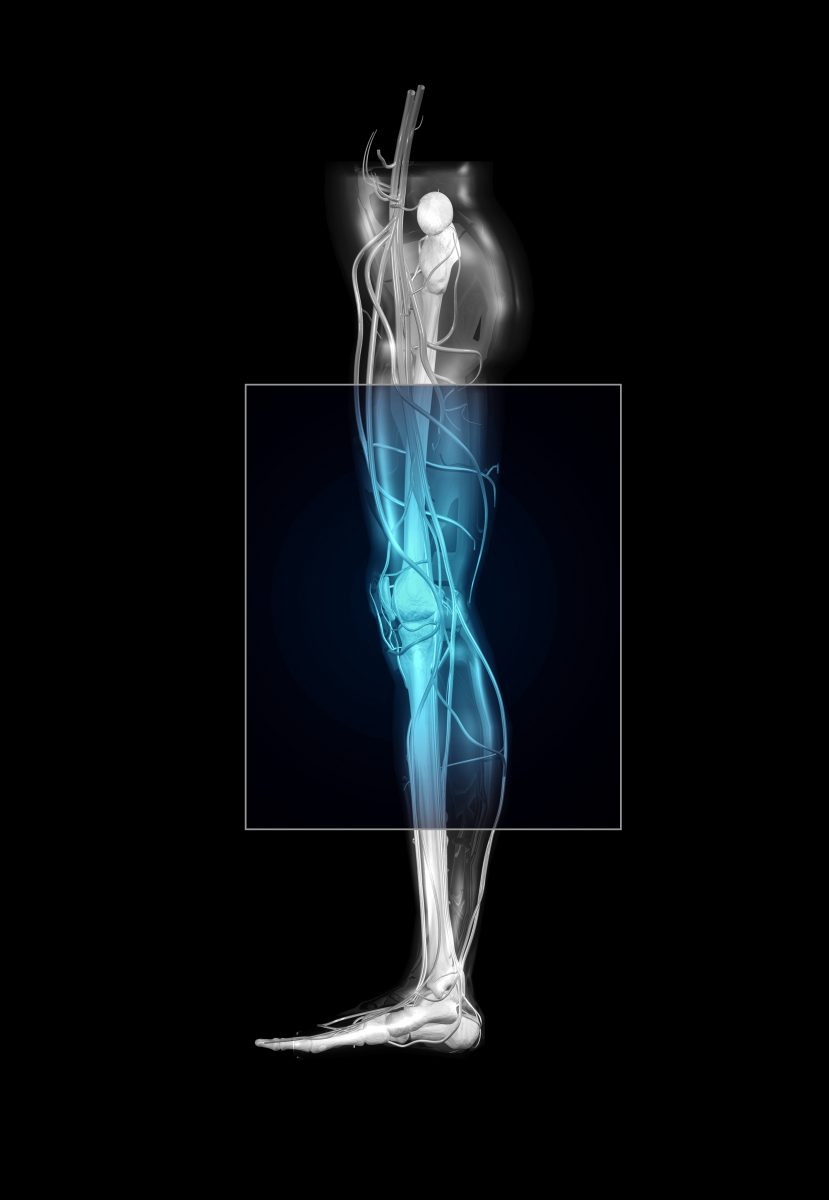In Diagnosing Muscular Dystrophies, Review Finds MRI Analysis to Be Best Overall Approach
by |

Radiologic imaging of muscle tissue is increasingly being used as a tool to aid diagnosis of neuromuscular diseases. A review from the University of Padova, Italy, outlines the pros and cons of various radiological techniques in this context.
The review, “Role of Radiologic Imaging in Genetic and Acquired Neuromuscular Disorders,“ appeared in the European Journal of Translational Myology.
Computer tomography (CT) of muscle tissue has made it possible to identify the selective involvement of muscle groups in muscular disorders. The method has also been useful in establishing disease progression and identifying asymptomatic patients, and can detect the replacement of skeletal muscle by fat tissue. A CT scan is often more available than magnetic resonance imaging (MRI), allowing for evaluation of the deepest muscles. However, the method’s use of ionizing radiation limits its feasibility. The use of CT in diagnosing muscular diseases is also limited by its inability to identify inflammatory changes. For these reasons, CT has largely been replaced by ultrasound and MRI as a diagnostic tool for neuromuscular disease.
Ultrasound is typically used to study muscle thickness, and can identify both atrophic changes and fatty degeneration — particularly useful in the diagnosis of muscular dystrophies. The method can also guide clinicians in the choice of muscle suitable for biopsy. Ultrasound is relatively cheap and allows for an analysis of muscle contraction, but it can only be used to evaluate superficial muscle groups. A serious downside of the procedure is that it is highly dependent on the experience of the operator, and studies have shown that inter- and intra-observer agreements are generally low.
MRI is increasingly being used to evaluate muscle tissue changes. It is superior in analyzing shape, volume, and morphological features of normal skeletal muscle, and easily distinguishes between muscles in a muscle group. It can be used to assess disease progression, since methods for grading the replacement of muscle tissue by fat or fibrous connective tissue now exist.
One important strength of the method is that MRI can detect inflammatory changes in muscle, allowing for identification of asymptomatic patients and early detection of neuromuscular disease. As it is also not highly dependent on the operator, MRI has become the method of choice for evaluating genetic muscular dystrophies.
The authors conclude that MRI analysis of muscle tissue offers many benefits in diagnosing neuromuscular disease, particularly muscular dystrophies. In spite of the dominant role of MRI in the imaging of neuromuscular disorders, however, other approaches, particularly ultrasound, have complimentary roles in such diagnoses.







